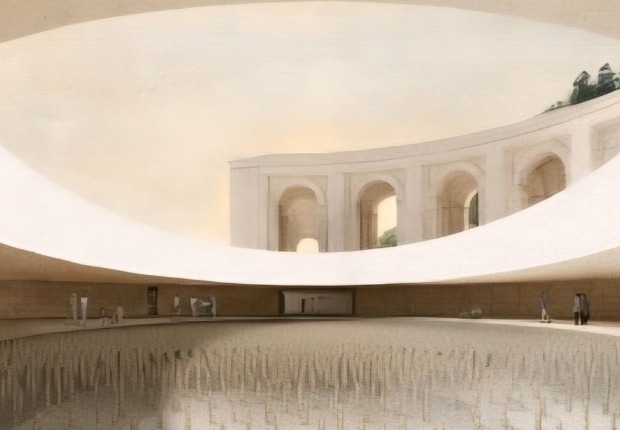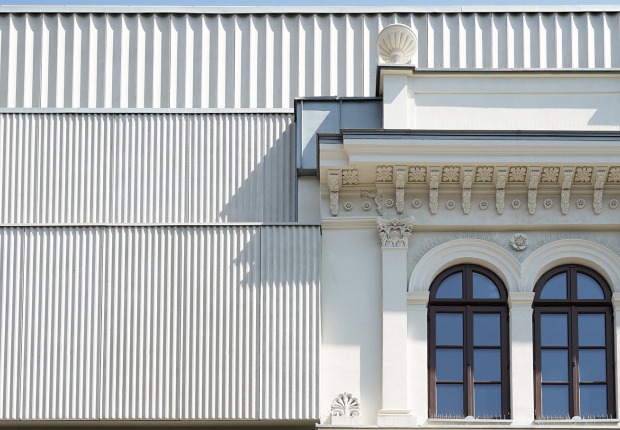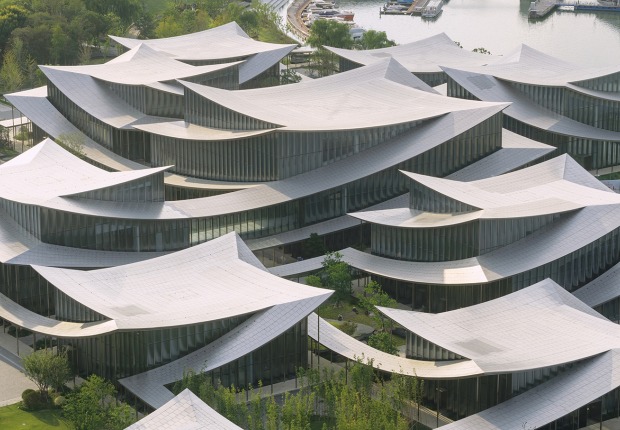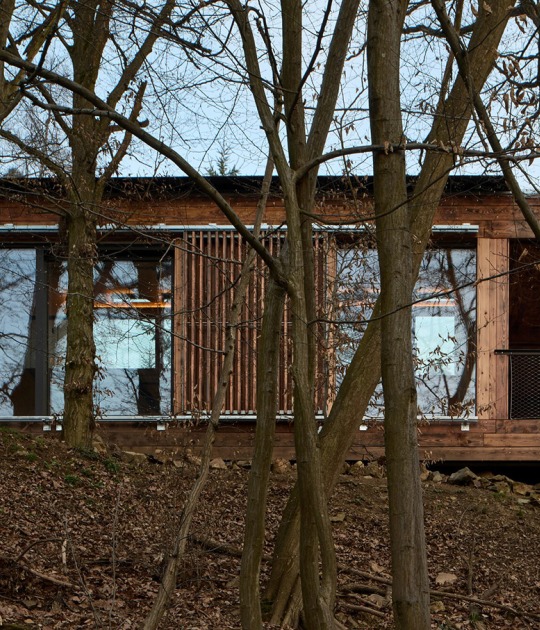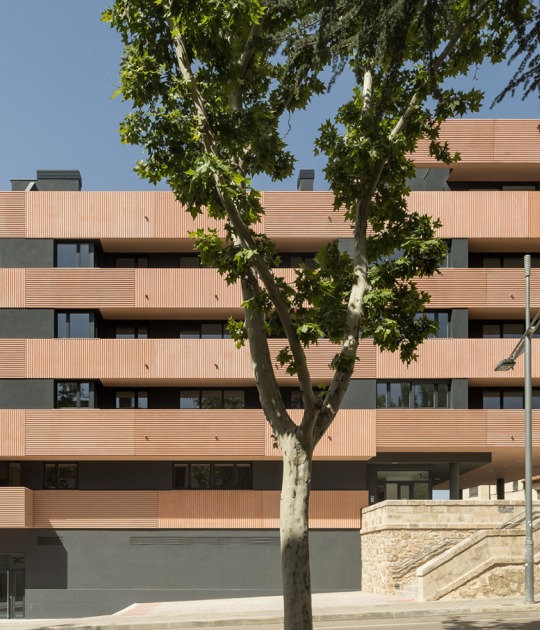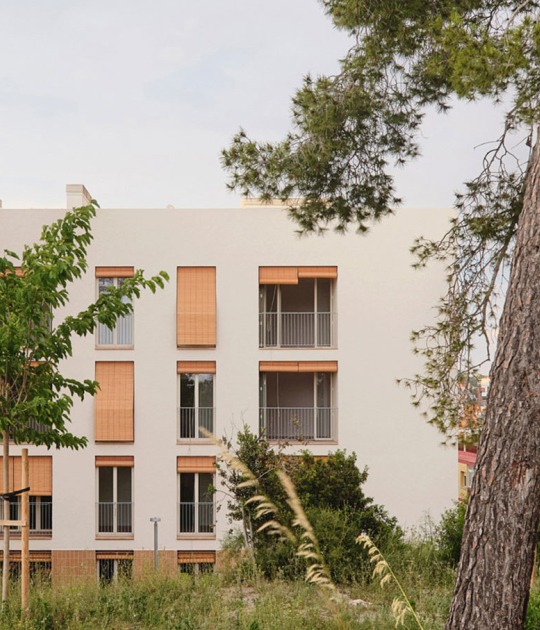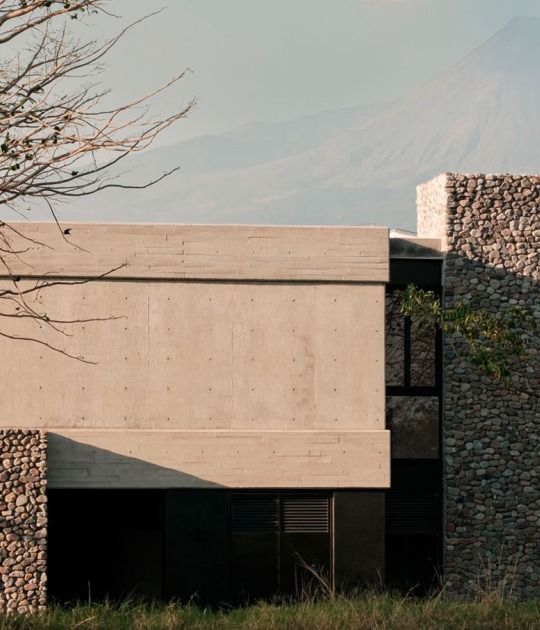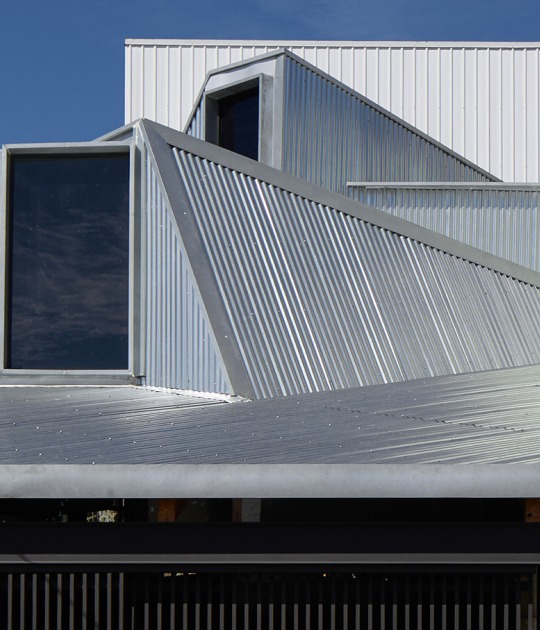The exteriors are covered with a white ceramic material that creates a play of lights and shadows with the different volumes, generating an envelope that opens to the outside and allows obtaining an organic house that is well inserted in the place.
Description of project by Manuel Cervantes Estudio
Housing in Amatepec is a project built in an area of Mexico City that has a determinant topographic condition toward a ravine.The property has a very narrow front, 14 meters towards the street and a length of 77 meters, which made us analyze how it could be achieved that all areas will have good lighting and relate to the outside.
This architectural starting point generated a total spatial and visual integration and thus, each one of the spaces destined to green areas become an extension of the interior spaces.
The main access to the house is given with an almost blind volume lined with white ceramic material that creates a game between light and shadows with the different volumes.
Using an existing Jacaranda as the center of an aromatic garden, the pedestrian entrance to the ground floor is generated. This access is located at 1.5 meters from the sidewalk level, with the aim that the volume does not stand out and respect the ground levels.
The program consists of three volumes on the ground floor that integrate a social area with a living room and dining room, as a multipurpose space that allows coexistence with the different green areas and an external social space. In another volume is the kitchen which has the option (given the conditions of the client) to become two spaces of simultaneous use, and finally the study, both spaces connected by a corridor that is articulated with the different green areas.
On the upper floor, a hallway connects with a family room overlooking the Jacaranda and the main garden, two bedrooms overlooking the central garden and finally, two bedrooms overlooking the ravine.
As a top of the corridor there’s an opening that separates this volume by generating an entrance of light benefiting the interior space.
The project reflects a combination of overlapping volumes lined each one with the ceramic material, creating an enclosure that opens to the outside.
























